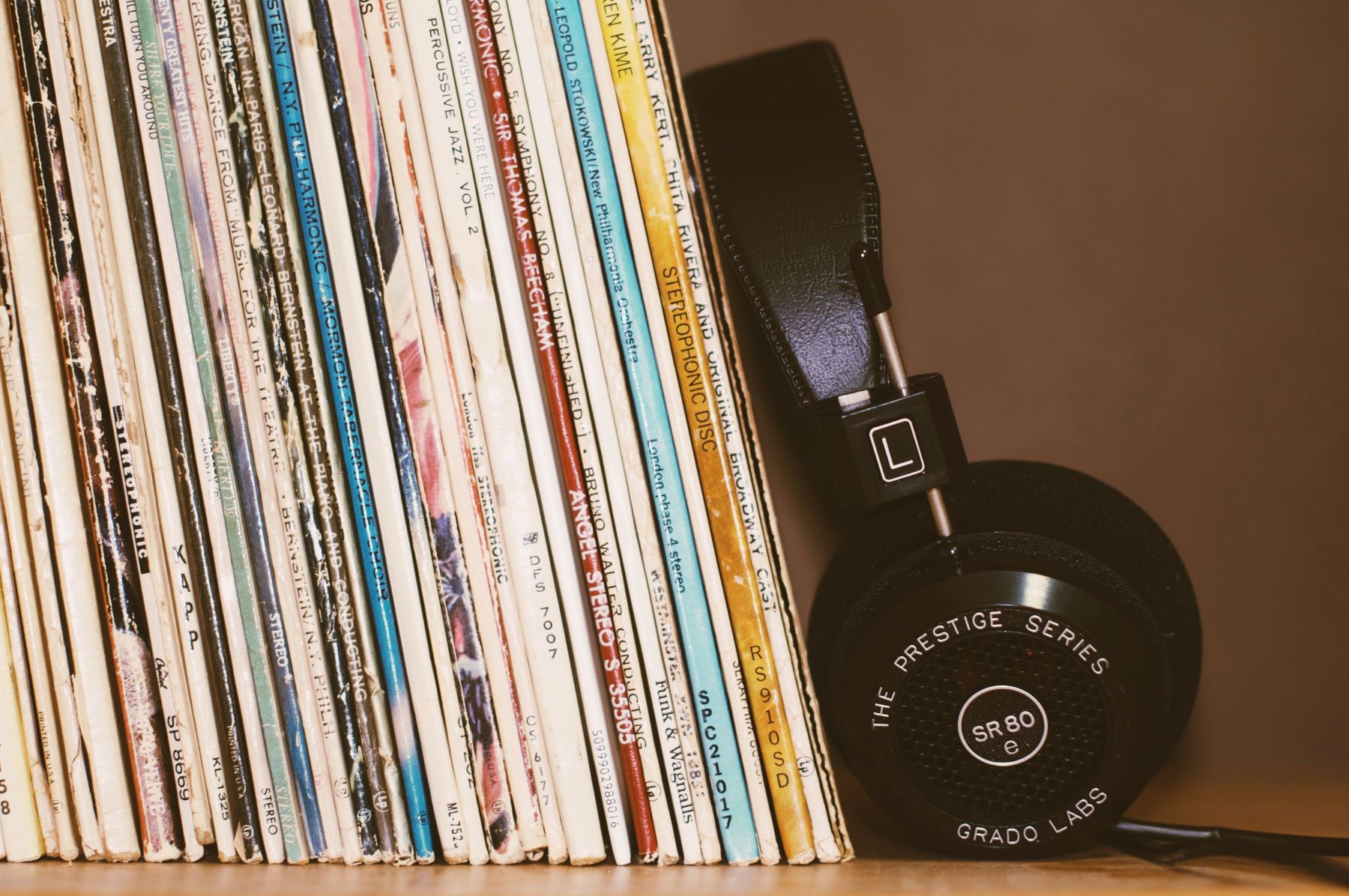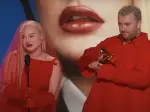For years, R&B was rumored to be dead. The sweet harmonies that detailed the riveting emotion a lead singer would belt out about their life, love or struggles were laid to rest with the rise of hip-hop. However, industry professionals have spoken out about the once praised genre’s decline into the background. It seems the industry is more accepting of its revival after a handful of breakout artists have helped bring it back into the limelight.
The sultry sounds released by R&B vocalists Bruno Mars, Alessia Cara, H.E.R., Daniel Caesar, Jorja Smith and now Summer Walker are becoming more appealing to labels and radio stations alike. It isn’t a surprise that the rap game changed music history forever. It was an unpolished and grittier take on life that sparked a different form of emotional charm compared to R&B’s sleek appearance. Once hip-hop peeped its head through the curtains and caught everyone’s attention, R&B’s Golden Age had finally met its largest competitor in urban music.
Hip-hop was a sound that emboldened others and acted like the life of the party. But pair R&B and hip-hop together, and the collaborations were even more enticing. The element of rap’s honesty and swag added an element that rhythm and blues wasn’t able to incorporate as authentically on its own. Which in turn caused many R&B artists to ask rappers to draft a hook or bridge for their songs to add something extra.
The tables have turned, though. Instead of R&B artists reaching out to a couple of rappers to possibly feature on a track they already know is a hit, they’re approaching today’s hip-hop stars to score a feature on one of their songs.
“I remember when R&B singers sang the song and the rappers did a hook. Now singers are just doing the hooks. And, actually, some rappers are doing the songs and the hooks,” Canadian R&B star Tamia said in an interview with the LA Times.
There’s also the possibility of R&B artists asking to feature hip-hop artists on their tracks for a chance to make it. It’s no longer about adding something to the music but finding a rapper or trap artist who will put their song on the industry’s radar.
“I’m constantly tracking down rappers to put them on my artists’ records so they can go to mainstream,” said Alan Grunblatt, president of urban and rock at Entertainment One to the LA Times. “Artists past a certain age can’t get there without a record that’s hip-hop leaning in order to work on R&B mainstream radio.”
Hip-hop eventually became the rule-breaking music that provoked rebellion, and instantly drew the attention of people who wanted to live life according to their rules. Although R&B is filled with unadulterated, raw emotions that touch the core of people’s souls, that sentiment can be too mature for some.
As the world further shifted, the industry continued to favor the youth’s opinion when it came down to popular music trends. This change also brought about the entire music business’s focus on measuring success by streaming instead of physical album sales — making it more difficult to achieve RIAA milestones such as gold or platinum status. Unfortunately, R&B’s main audience was not as quick to embrace the digital era of music.
Once streaming platforms such as Tidal, Spotify and Apple Music ruled supreme, the game changed drastically. R&B’s lack of digital success impacted its industry value; the decreased numbers and its audience’s dwindling effort to keep up with technology’s role in music today caused industry executives to view R&B artists as a trivial part of their roster.
Even though streaming may have saved the vast majority of an industry that began to falter in the ‘00s, R&B was the child left behind. It remained in people’s memories through old CDs played to reminisce about the old days of music when singers weren’t just entertainers. Yes, entertainment is obviously a part of it, but the ‘90s is when the true art of being a vocalist was in full effect and showcased by the likes of Mariah Carey, Brandy, Mary J. Blige, etc.
That doesn’t mean all is lost. Sometimes it takes a brief hiatus for people to remember what they’re missing, and R&B’s new-age and silkier sound is bringing back the slow jams that get everyone in their feels.
Artists like Lucky Daye and Snoh Aalegra have transformed the musical category. It’s no longer marked by the same influences of jazz, gospel, heavy beats and attitude that made it palatable and familiar to the black community. It’s more of an ongoing collaboration between neo-soul, synth-sounds and an overall softer tone. The transition from “The Boy Is Mine” by Brandy and Monica to “The Weeknd” by SZA marks the obvious distinctions between old-school R&B and new-school R&B.
In other words, the rhythm is definitely still there, but it seems the blues that gave R&B its funk isn’t as prevalent. These comments aren’t shady and personally I’m not against it either. I love both the former and the latter. Even if the music has changed, they’re the artists who are extending R&B’s reach to the younger generations music executives study. Spearheading the genre’s revival didn’t necessarily mean sticking to the same tactics used for yesterday’s success. It meant playing around with the music’s production, including elements and pieces of music deemed popular today, and seeing what works.
The breakthrough is evident. Urban and mainstream radio stations have finally received the call that R&B records are worth their DJ’s spins again. Airplay for the genre sparked up again after Ella Mai dropped “Boo’d Up” in 2018, leading to the longest-running R&B No. 1 single the Billboard Charts has seen in nearly two decades.
Little by little, labels are starting to see the value in a genre that has been rumored to be a thing of the past. Hopefully, the resurgence continues and its momentum doesn’t slow down.
















